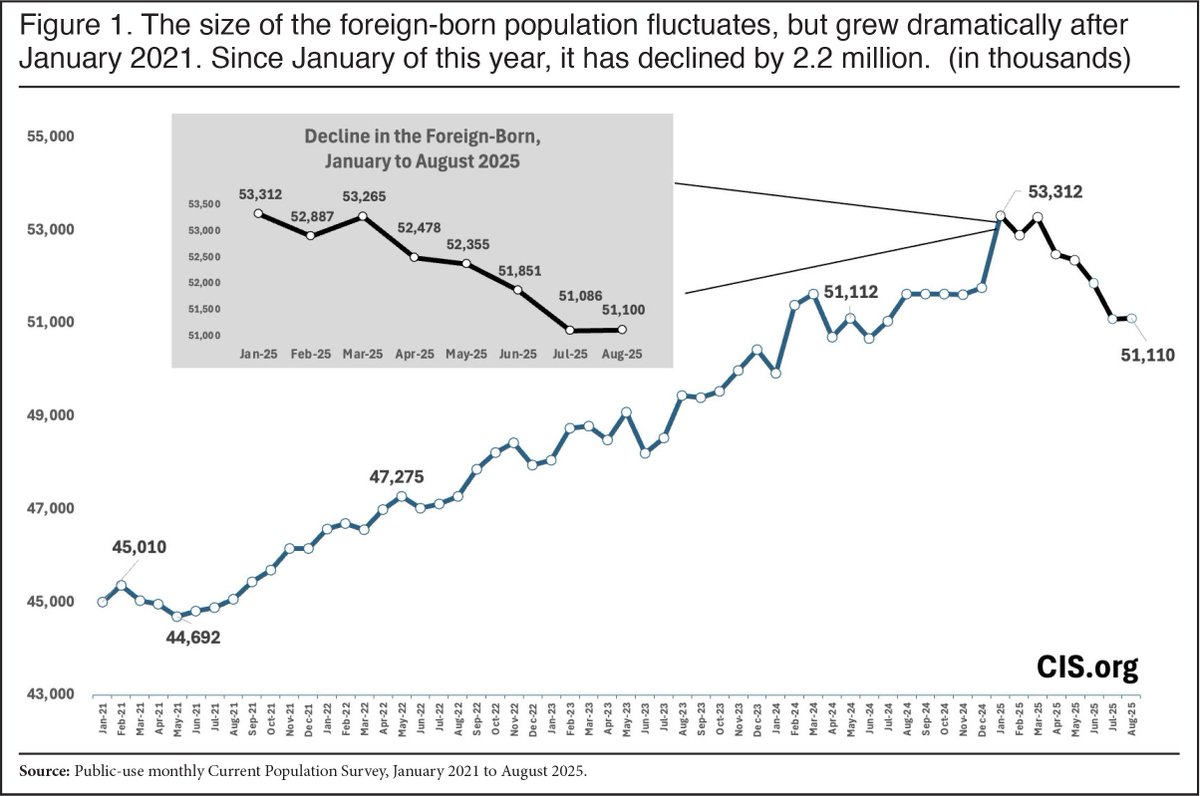DHS Confirms U.S. Sees Net Negative Migration for First Time in 50 Years
The Department of Homeland Security (DHS) has announced a significant shift in migration trends, reporting that the United States is experiencing net negative migration for the first time in five decades. According to the DHS, the foreign-born population in the country has decreased by approximately 2.2 million individuals this year.
This decline is attributed to a combination of factors, including the voluntary self-deportation of 1.6 million undocumented immigrants and the deportation of an additional 555,000 individuals. The DHS's findings mark a notable change in the demographic landscape of the nation, which has historically seen an influx of foreign-born residents.
The implications of this trend are multifaceted, affecting various sectors, including the labor market, social services, and community dynamics. Experts suggest that the decrease in the foreign-born population may lead to labor shortages in certain industries that rely heavily on immigrant workers. Conversely, some analysts argue that this shift could alleviate pressures on public resources and services.
As the U.S. grapples with this unprecedented change, policymakers and community leaders are urged to consider the long-term effects of declining migration on economic growth and cultural diversity. The DHS's report serves as a crucial indicator of evolving migration patterns and their potential impact on American society.
As the situation develops, further analysis will be necessary to understand the broader implications of this trend on the nation's future.





